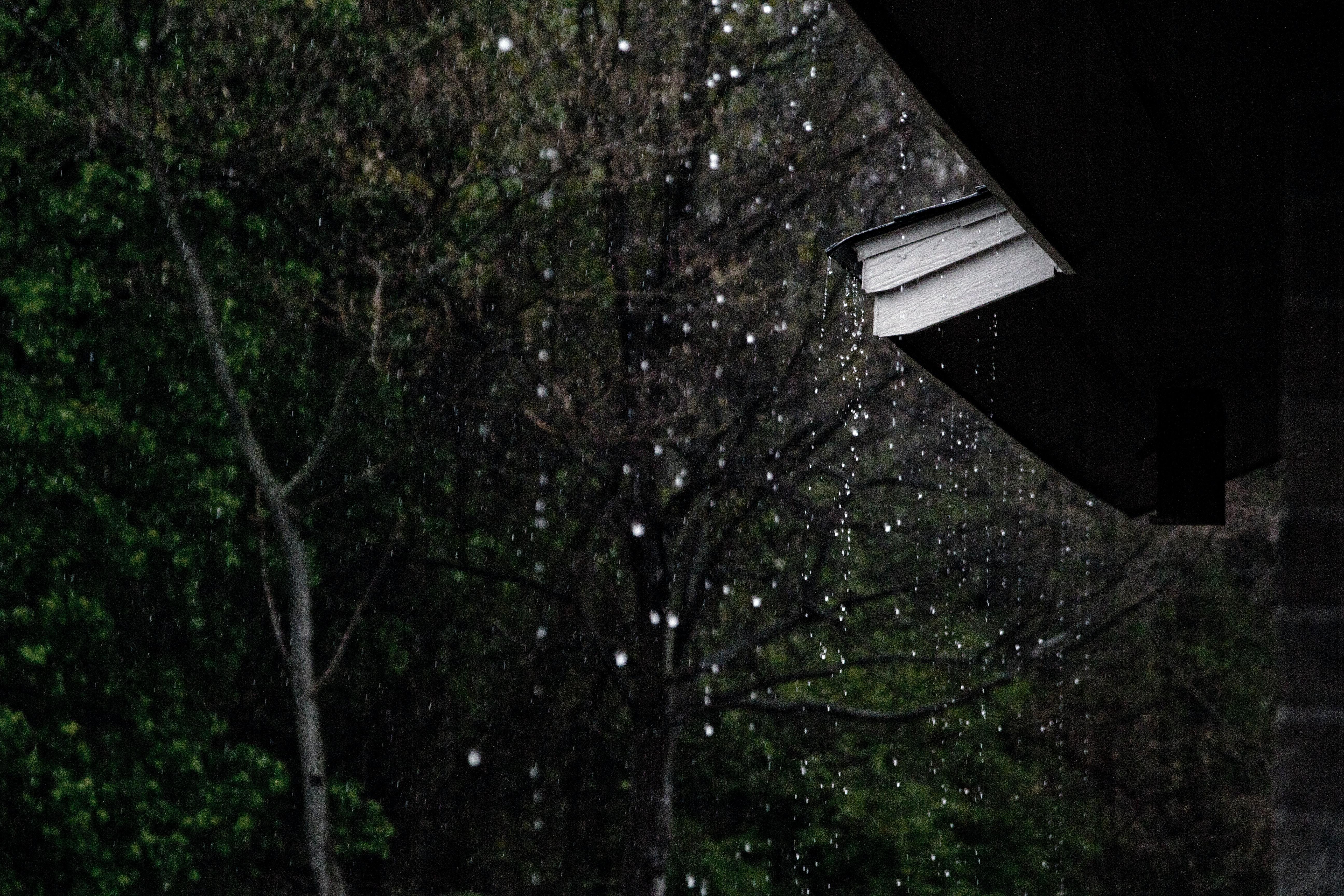Man-Made Glaciers May Be Himalayan Farmers’ Last Resort

For Himalayan farmers, living at altitudes of 11,000 feet (3,500m), water availability has become a serious problem. The only sources of water in this arid land are the nearby glaciers, whose melting is essential for sustaining life in the summer. These glaciers, however, have been steadily receding over the last decade, removing the water source further and further away from the villages. The European Geosciences Union predicts that over 70% of glacier volume in the Everest region could be lost by 2100.
Sonam Wangchuk, an engineer from the Himalayan region Ladakh, has come up with a very creative solution to this problem — building artificial glaciers called “ice stupas” (after the Tibetan religious dome-shaped structures). Just as with real glaciers, the artificial ones provide water in the summer when it is most needed. They are created in the winter by spraying unused glacial water through a network of pipes into freezing air. This process forms “glaciers” at select locations, that are up to 130 feet (40m) high and can store up to 4200 gallons (16,000 liters) of water.
In 2015, Wangchuk raised funds through a crowdfunding campaign for the 1.5 mile (2.5km) pipeline, directing the glacial streams down to the village. In the summer, the melting water from the man-made glacier was used to irrigate 5,000 saplings planted by locals, turning the area green for the first time.
With this proof of concept, in 2016 Wangchuk was selected as one of the winners of the Rolex Awards for Enterprise in Environment. The $104,000 will help him build 20 more ice stupas that, he hopes, can transform the desert that has never been green before. Furthermore, Wangchuk plans to found an institute dedicated to doing research into issues that are problematic for people who live in mountain areas so that the younger generations can survive and flourish in these regions.





